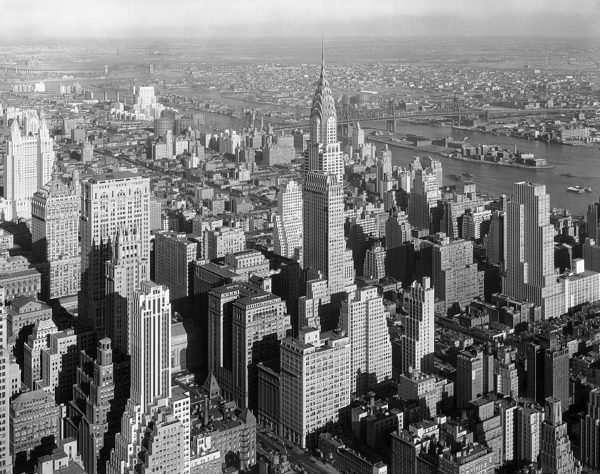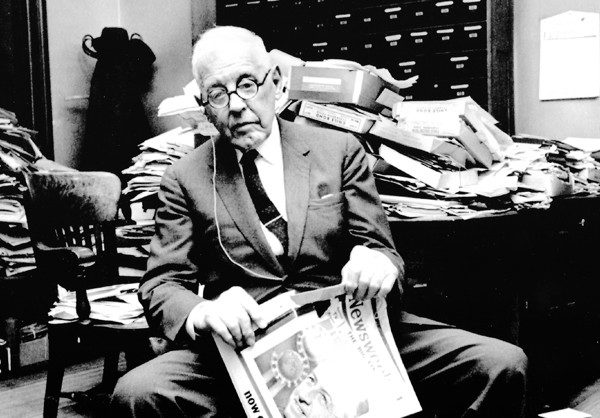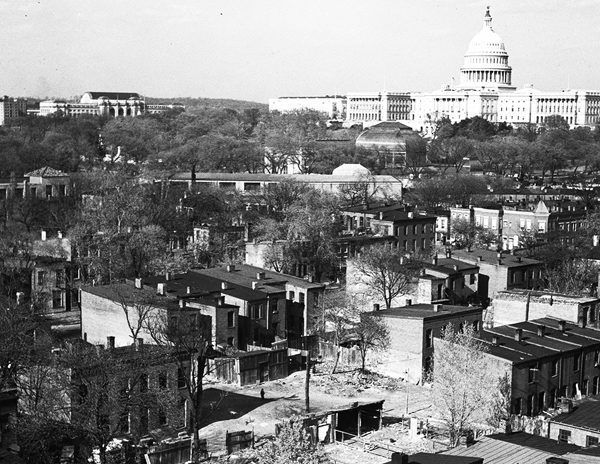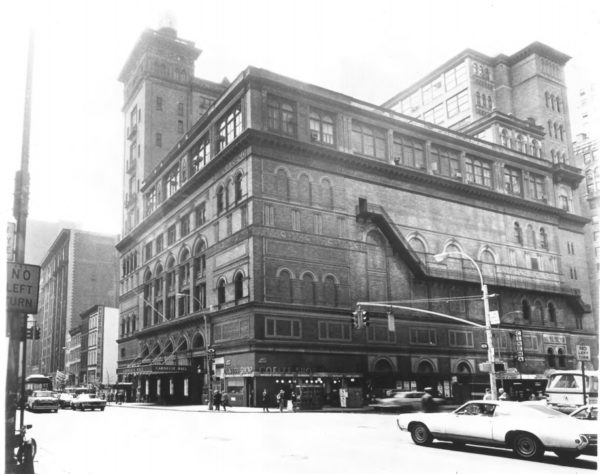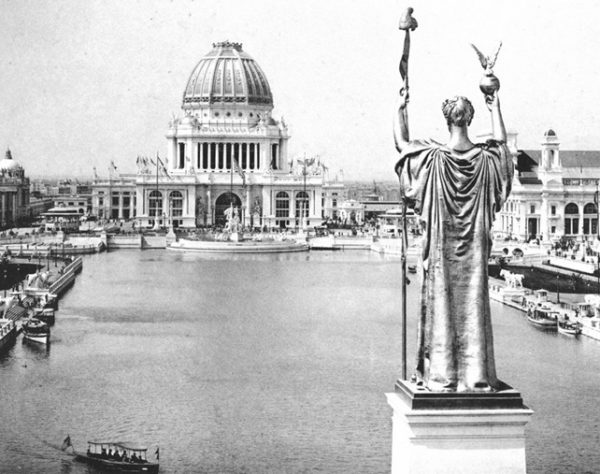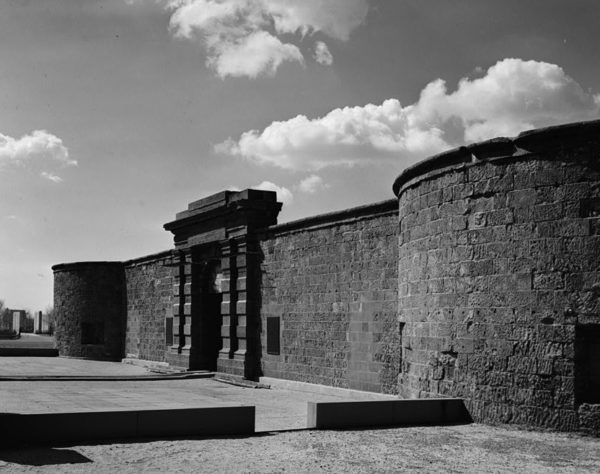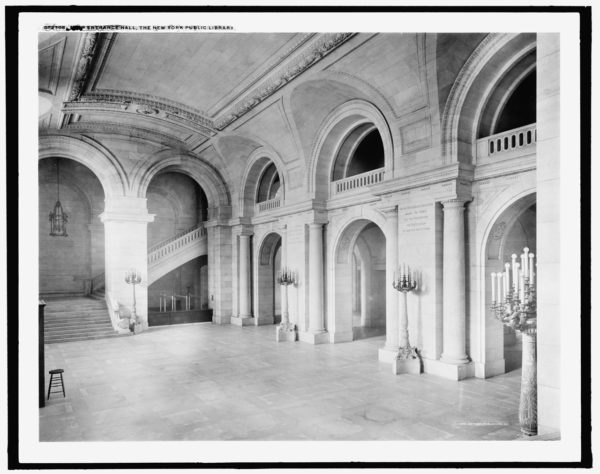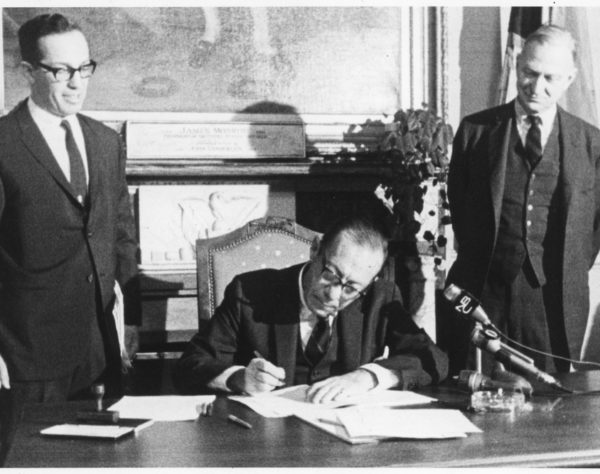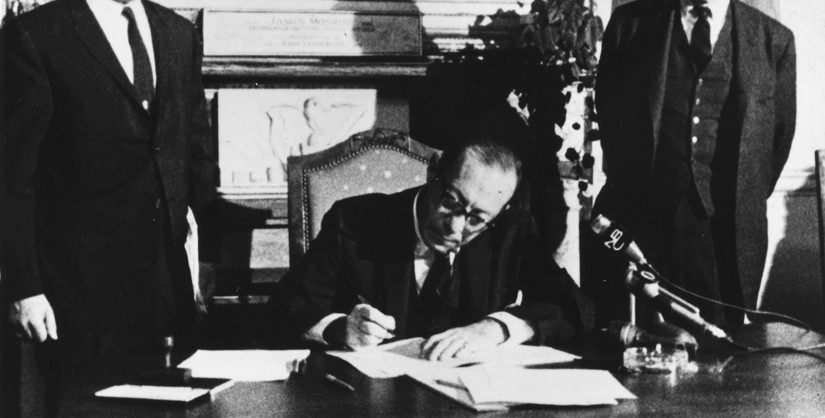
The Preservation History Database is the first-stop encyclopedic resource for those interested in topics related to the history of preservation.
This educational tool is meant to function as an encyclopedia of New York City’s preservation history, a gateway for academic researchers, and a resource for contemporary preservationists. Entries in the database are not in-depth explorations and analyses; their purpose is to provide comprehensive, accurate, and succinct facts that direct visitors to other available resources. To make the Preservation History Database a useful research tool, the Archive Project aims to identify archival collections, oral histories, and digital resources that are relevant to each entry and make information on their locations and accessibility easily available. The database is continuously updated with new topics and new information. Contact us with any questions, comments, or suggestions.
You can view records organized by: People, Places, Organizations, and Public Policy Explore This Collection >
1961 New York City Zoning Resolution
The 1961 Zoning Resolution divided New York City into residential, commercial, and manufacturing areas and introduced incentives that forever changed the design of City buildings.
Bard Act (1956)
Also known as the Bard Law, the Mitchell Bill, General City Law § 20 new subd. 25-a, and General City Law § 20 new subd. 26-a.
Passed in 1956, this act empowered cities within New York State to pass laws enabling the preservation of landmarks.
Berman v. Parker (1954)
The Berman v. Parker decision established the principle that aesthetics alone sufficiently justified government regulation of private property.
Carnegie Hall Bill (1960)
The Carnegie Hall Bill is a piece of legislation that allowed the City of New York to acquire Carnegie Hall in order to preserve it.
City Beautiful Movement
The City Beautiful Movement was inspired by the 1893 World’s Columbian Exposition in Chicago, with the message that cities should aspire to aesthetic value for their residents.
De Salvio Quinn Bill
Also known as the Fort Clinton Bill
In February 1949, New York State legislators drafted the De Salvio Quinn Bill to convey Castle Clinton to the Federal government so that it could become a national monument.
1973 Amendments to New York City’s Landmarks Law
In 1973, the Landmarks Law was amended to authorize the Landmarks Preservation Commission to designate the interiors of buildings as “interior landmarks” and to mark certain city-owned public open spaces as “scenic landmarks.” The amendment also permitted the LPC to deal with designation requests on a rolling basis instead of a previously instated three year interval between each six‐month period of hearings on new landmarks.
New York City Landmarks Law
Also known as New York City's Landmarks Preservation Law
The New York City Landmarks Law was enacted in 1965 to preserve historic landmarks and neighborhoods.



